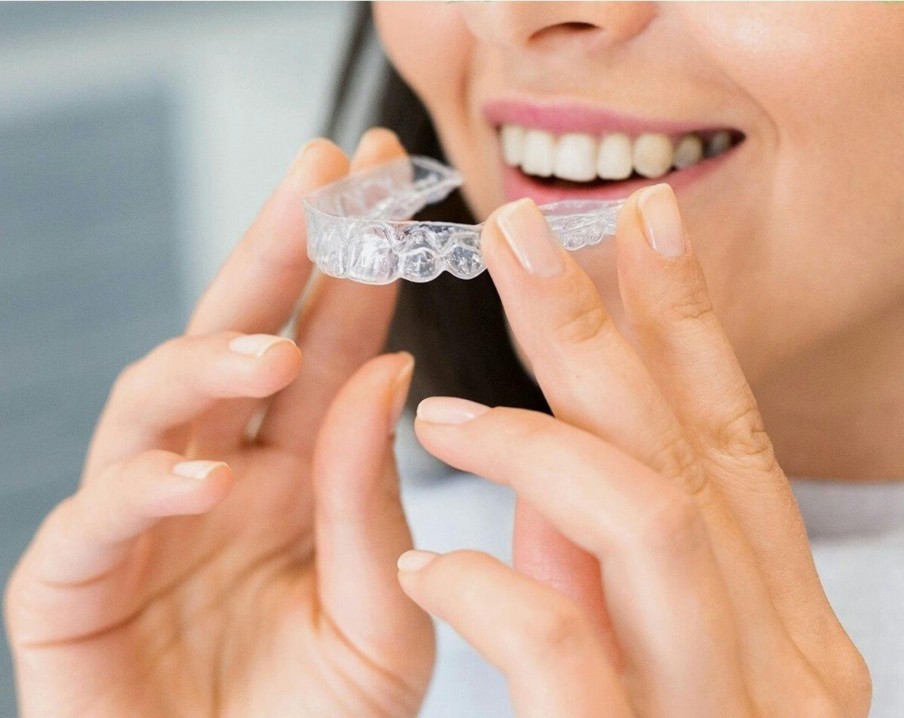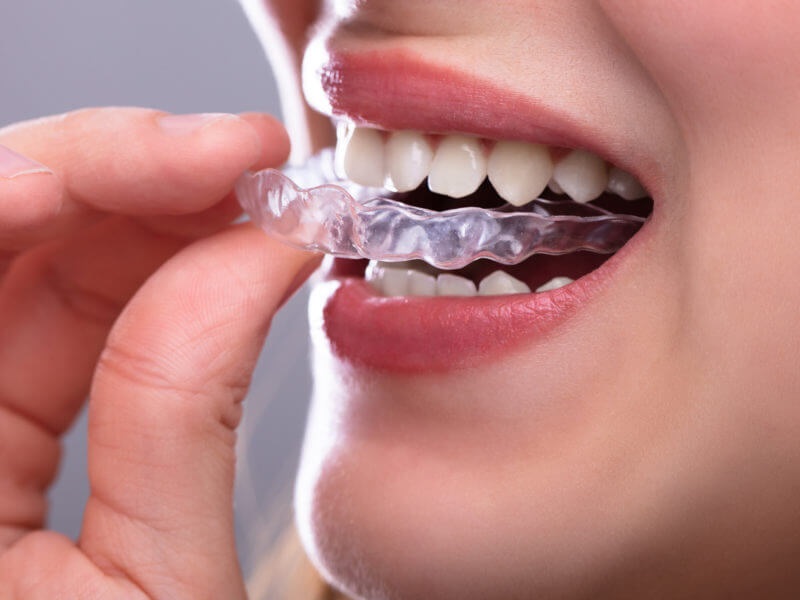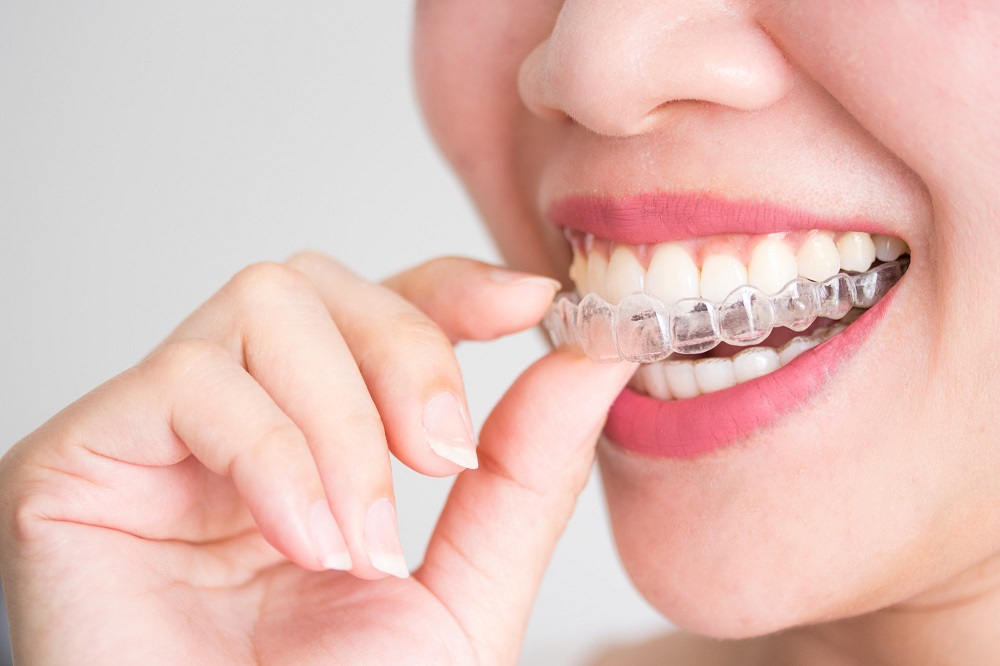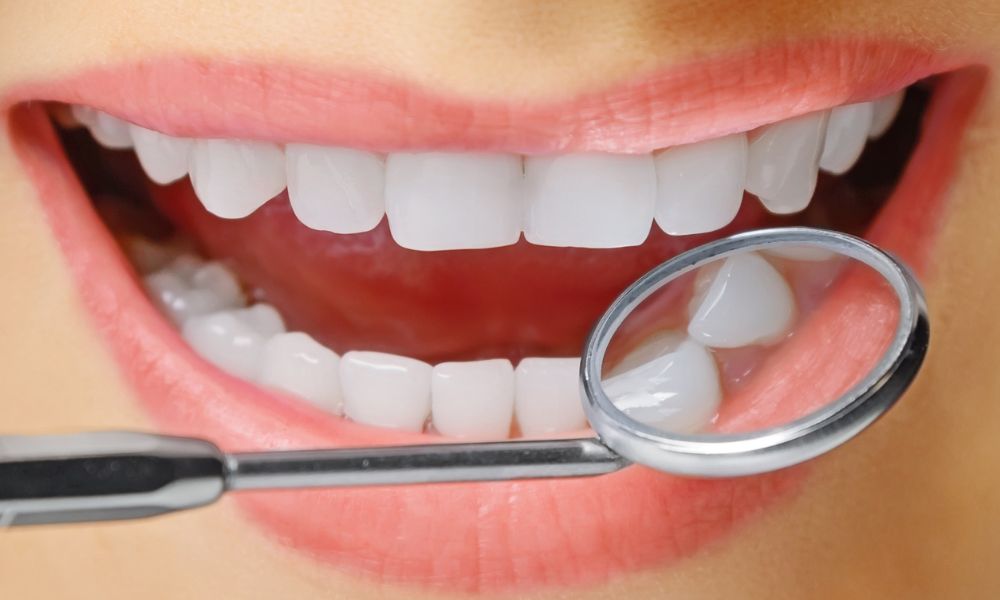In recent years, Invisalign has emerged as one of the most popular orthodontic solutions for individuals seeking a discreet and convenient way to straighten teeth. Unlike traditional braces, these clear aligners offer flexibility, comfort, and aesthetic appeal. However, one of the most common questions patients have is about the cost of treatment, which can vary widely depending on several key factors. Understanding these variables can help patients plan effectively and make informed decisions regarding their dental care.
The total cost of Invisalign treatment is influenced by multiple elements, including the complexity of the case, the duration of treatment, and the experience of the provider. Each patient’s dental needs are unique, meaning pricing is rarely one-size-fits-all. Evaluating these factors carefully ensures patients receive appropriate care without unnecessary financial surprises.
For residents searching for a dentist in Lake Mary Florida, discussing costs during the initial consultation is essential. A knowledgeable provider can break down expected expenses, explain the treatment plan, and outline any additional fees, making the financial aspect of orthodontic care transparent and manageable.
Case Complexity and Severity of Misalignment
One of the most significant factors affecting Invisalign pricing is the severity of the dental issue. Patients with mild misalignment may require fewer aligners and shorter treatment periods, resulting in lower costs. Conversely, moderate to severe crowding, gaps, or bite issues may necessitate additional aligners, refinements, and more frequent adjustments, increasing the overall expense.
Complex cases may also involve adjunctive treatments, such as interproximal reduction (slimming certain teeth), attachments, or bite corrections. These procedures enhance treatment effectiveness but add to the total cost. Understanding the intricacies of your dental needs helps in accurately estimating the price of Invisalign.
Duration of Treatment
The length of treatment directly impacts the total cost. Typical Invisalign programs last between 12 and 18 months, but certain cases may extend beyond two years, particularly when complex orthodontic corrections are required.
Longer treatment duration often means:
- More aligners need to be fabricated.
- Additional dental visits for monitoring and adjustments.
- Increased risk of refinements, which involve creating new sets of aligners to fine-tune teeth positioning.
Patients should be aware that any extension of treatment to achieve optimal results can influence the final cost and should discuss potential scenarios with their provider.
Provider Experience and Reputation
The expertise of the orthodontist or dentist providing treatment is another critical factor. Highly experienced providers, particularly those with advanced Invisalign certifications or a history of managing complex cases, may charge higher fees due to their proven track record and clinical skills.
While cost is a consideration, patients should also value the quality of care. Choosing a skilled provider can reduce treatment complications, minimize time spent in treatment, and improve overall outcomes, making the investment worthwhile. Experienced providers also have the knowledge to incorporate the latest technologies, such as digital scanning and 3D treatment simulation, which further enhance precision and efficiency.
Geographic Location
Where you receive treatment for Invisalign can significantly influence pricing. Urban areas or regions with a higher cost of living tend to have higher dental fees compared to smaller towns or rural locations. Clinic overhead, staff expertise, and regional market rates contribute to these variations.
Patients should research local pricing trends and compare multiple providers within their area to ensure they receive competitive rates without compromising quality. Geographic considerations also include travel convenience, as multiple follow-up visits are required throughout the treatment process.
Diagnostic and Consultation Costs
Before beginning treatment with Invisalign, patients typically undergo a comprehensive consultation and diagnostic process. This may include:
- Digital scanning or impressions to map tooth movement.
- X-rays or panoramic imaging to evaluate jaw alignment and bone structure.
- Treatment planning sessions to customize the aligners and predict outcomes.
These diagnostic procedures carry associated fees, which can range from $100 to $300, depending on the clinic and technology used. While some providers include these costs in the overall treatment price, others may charge them separately, so clarification beforehand is essential.
Refinements and Additional Aligners
In many cases, the initial set of aligners may not achieve the desired results completely. Invisalign providers often include a set number of refinements in the treatment plan, but additional aligners may be necessary if teeth need further adjustments.
The cost of these additional aligners varies, typically ranging from $100 to $500 per set, depending on the complexity and provider policies. Patients should discuss the likelihood of refinements and associated fees during the initial consultation to avoid surprises later.
Insurance and Payment Options
Dental insurance can offset some of the costs associated with Invisalign, but coverage varies widely. Many insurance plans cover a portion of the treatment if deemed medically necessary, such as correcting bite issues or significant misalignment, while purely cosmetic treatments may receive minimal reimbursement.
For patients without insurance, financing options, flexible payment plans, and dental discount programs can make Invisalign more accessible. Some clinics allow monthly installments, spreading the cost over the duration of treatment, which can ease financial strain without delaying care.
Materials and Technology
The cost of Invisalign aligners also reflects the materials and technology used in their production. Premium clear aligner materials are durable, stain-resistant, and comfortable, contributing to the overall price. Advanced digital planning software, 3D printing of aligners, and precise scanning technologies improve treatment predictability but can increase fees.
Investing in providers who utilize state-of-the-art technology ensures better-fitting aligners, shorter treatment duration, and fewer complications, ultimately providing value for money.
Post-Treatment Care and Retainers
Once active treatment is complete, post-treatment care is essential to maintain results. This typically involves retainers, which prevent teeth from shifting back to their original positions.
The cost of retainers can range from $100 to $500, depending on the type (clear aligner-style retainers or traditional wire retainers). Some providers include the cost of retainers in the initial treatment plan, while others charge separately. Factor these expenses into the overall budget to ensure complete care from start to finish.
Evaluating the True Cost of Invisalign
The cost of Invisalign treatment is influenced by a combination of case complexity, treatment duration, provider expertise, geographic location, and additional factors such as diagnostics, refinements, and post-treatment retainers. While pricing may vary, the value of choosing a skilled provider using advanced technology cannot be overstated.
Patients should approach Invisalign as an investment in long-term oral health and confidence. By understanding the factors that affect pricing, researching local providers, and exploring financing or insurance options, patients can achieve their ideal smile with predictable results and minimal financial stress.
Ultimately, prioritizing quality care and a tailored treatment plan ensures that the benefits of Invisalign, discreet alignment, comfort, and effective results, are fully realized.






